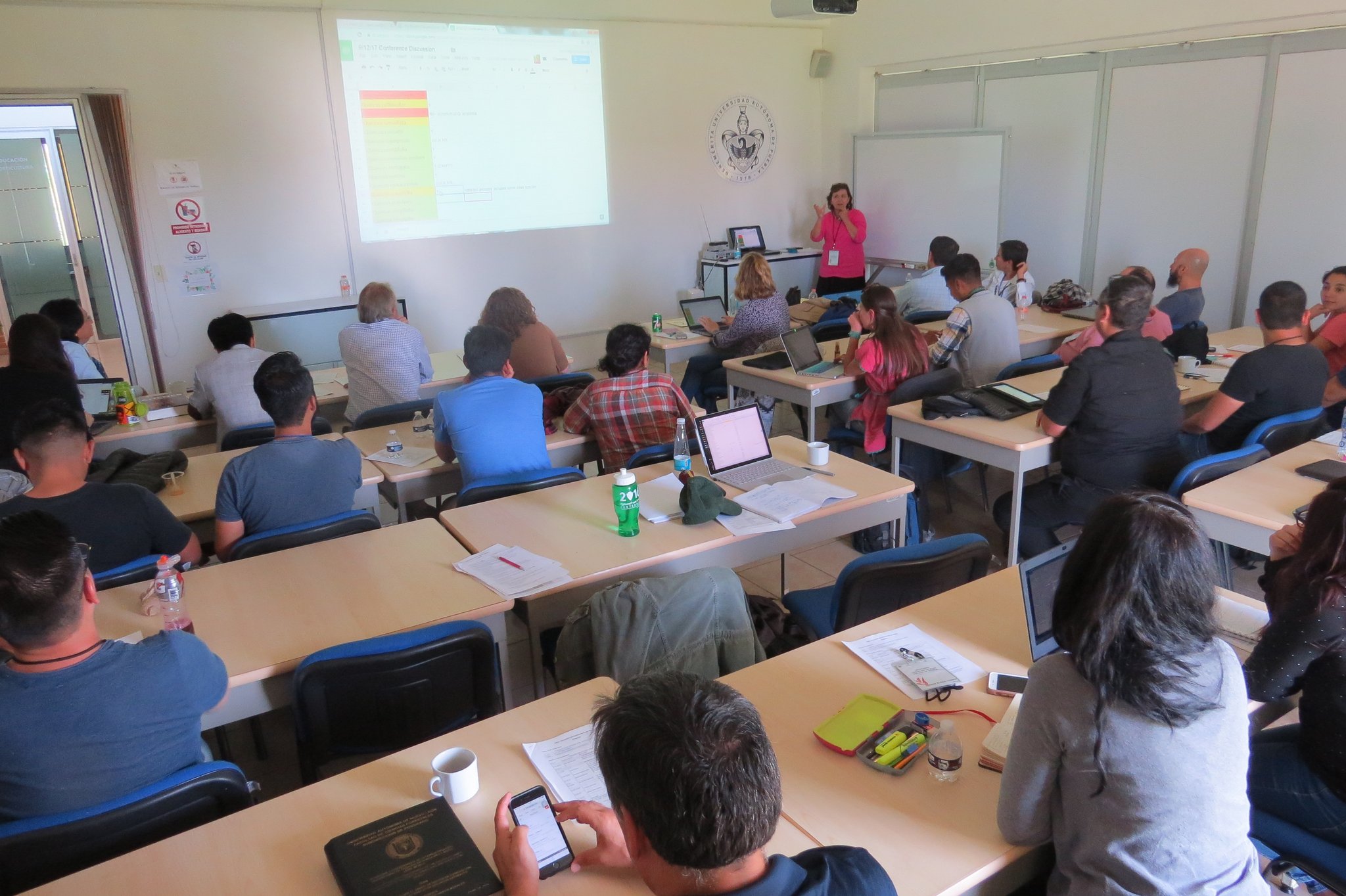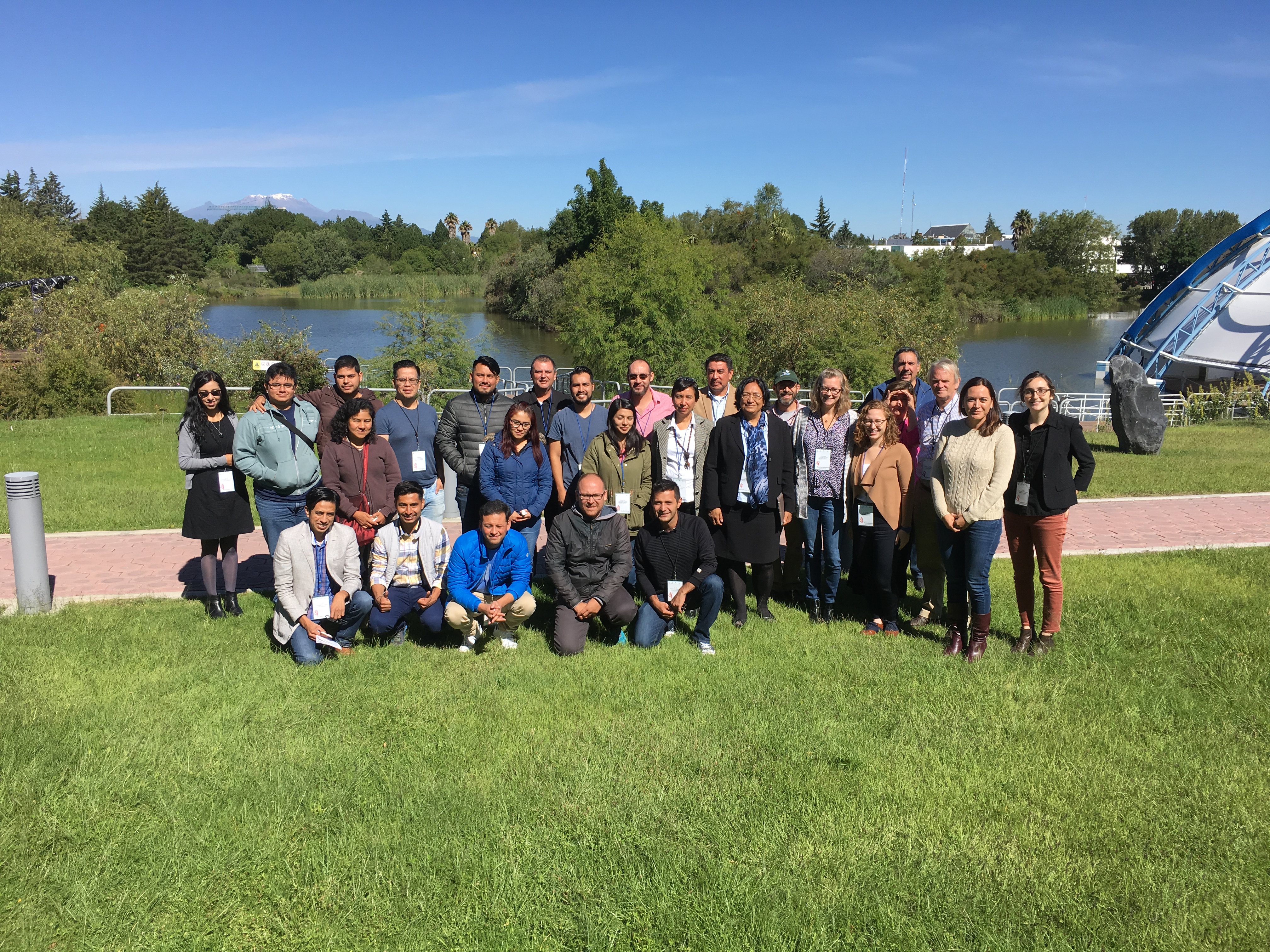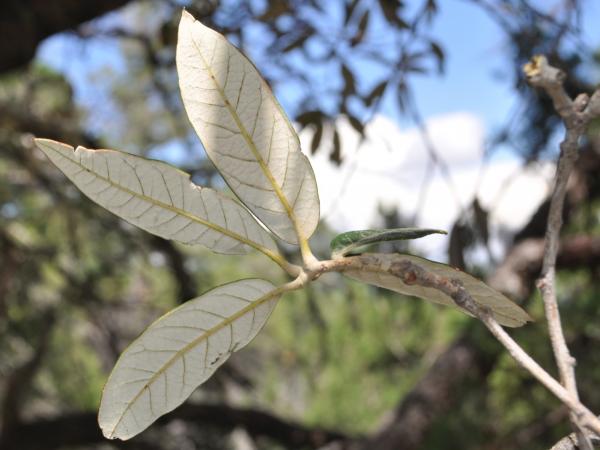Editor's Picks
Plant Focus
Workshop on Taxonomy of Rare Mexican Oaks Held in Puebla
Understanding the diversity and threats of Mexican oak species was identified as a critical priority need at the International Workshop on Oak Conservation (March 2016). Mexico is a global diversity hotspot for oaks, with around 170 native species. However, many species are very poorly understood: distributions are unknown, threats have not been characterized, and many rare species are known just from a single herbarium voucher. Dozens of oak species have never been evaluated for the IUCN Red List, and not a single oak appears on Mexico’s NOM-059-SEMARNAT-2019 (the national endangered species list), yet preliminary estimates by The Morton Arboretum indicate at least a third of Mexico’s oaks are threatened with extinction.

In an effort to begin to address this knowledge gap, The Morton Arboretum and the Botanic Garden at the Benemérita Universidad Autónoma de Puebla hosted a Rare Mexican Oak Taxonomy Workshop, which brought together key stakeholders and experts on Mexican oaks to discuss taxonomy and conservation. The workshop was organized by Maricela Rodríguez, Audrey Denvir, Allen Coombes, Murphy Westwood, Susana Valencia Avalos, Jeannine Cavender-Bares, Antonio González Rodríguez, and Hernando Rodríguez Correa and took place at the Benemérita Universidad Autónoma de Puebla from September 11 to 13, 2017,
On the first day of the workshop, experts presented on tricky species complexes across all regions of Mexico. Dr. Susana Valencia Avalos, from the Universidad Nacional Autónoma de México (UNAM), kicked off the workshop with a talk on the huge diversity of oaks in the southern states of Mexico and the taxonomic problems that exist within that group. Juan Encina, Luciano Sabás-Rosales, Leccinum García, and Oscar Soto Arellano then tackled various species groups from northeast Mexico. From Quercus cordifolia in Nuevo Leon, all the way to Q. diversifolia in central Mexico, together these experts explored 15 difficult species. To tackle the northwest of Mexico were Socorro González from Durango and Liliana Rubio Licona, who works on species within the Baja California Peninsula.

On the second day, academics from a variety of fields presented on research and methodologies that affect how we understand oak taxonomy. Oscar De Luna, a student of Dr. Susana Valencia, explained how morphological tools can help us delineate species within the Quercus genus. César Andrés Torres Miranda provided biogeographic perspectives, while Andrew Hipp spoke of the phylogenetic side of things. Antonio González Rodríguez explained how hybridization affects oak taxonomy, and Hernando Rodríguez Correa analyzed the effectiveness of in situ and ex situ conservation of oaks currently and under future climate change scenarios.
In addition to edifying presentations, the workshop also generated enlightening discussions, which resulted in: (1) an up-to-date working checklist of all Mexican oak species and (2) 16 reviewed and updated IUCN Red List assessments for rare Mexican oak species.
Now that the workshop is over, continued efforts in this same vein will focus on building capacity for oak conservation in Mexico by conducting field surveys, collecting and disseminating seed, evaluating threats, and gathering additional data needed for IUCN Red List assessments.
Oaks of the Americas Conservation Network
This workshop was held as an activity of the Oaks of the Americas Conservation Network (OACN), a network of researchers and conservationists at universities, botanical gardens, arboreta, NGOs, and government agencies working to conserve threatened oak species throughout the Americas, with a focus on Latin America as a global hotspot for oak diversity. The funding for this workshop came from a suite of projects that support specific oak conservation efforts in Mexico and Central America. In an attempt to take an integrated approach to oak conservation in Mexico and Central America, the set of projects span a variety of species, audiences, and methodologies. They include two species-focused projects, one which tackles a narrowly endemic species (Quercus brandegeei) and another focused on the more widespread but extremely rare species (Q. insignis). Also part of these efforts are much-needed surveys, identifications, and threat evaluations for rare and poorly known oak species in Mexico.
OACN projects involve the collaboration and support of a wide range of partners. All projects involve international collaboration across different sectors to maximize the efficiency and effectiveness of the activities. OACN aims to forge new partnerships, strengthen the network of engaged conservationists in an oak diversity hotspot, build knowledge and capacity, and result in direct conservation action for several rare and threatened species of oak.











